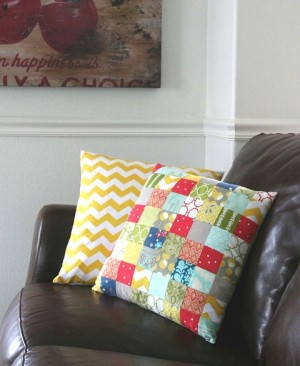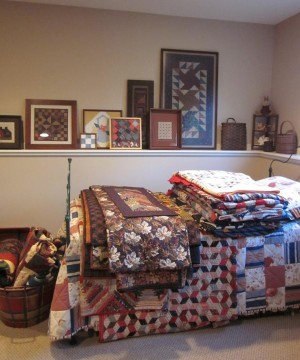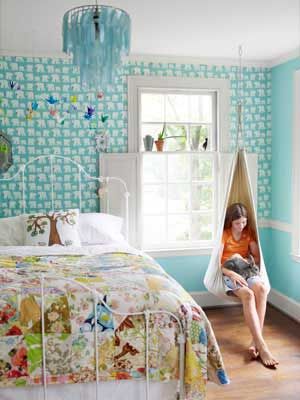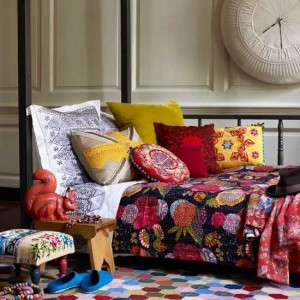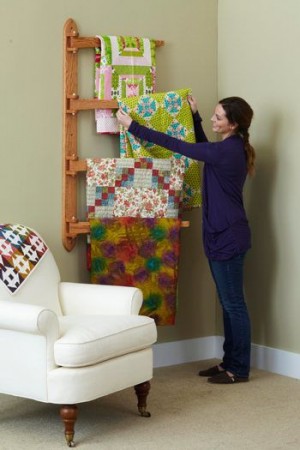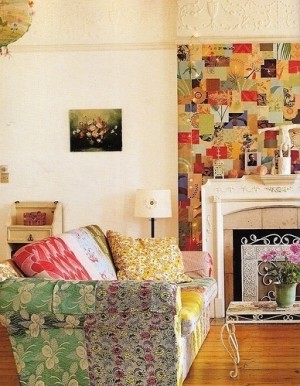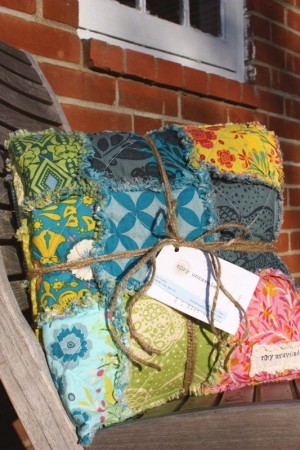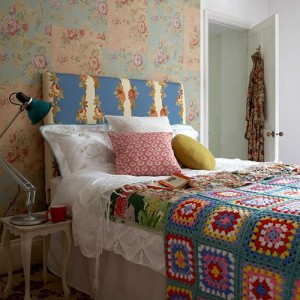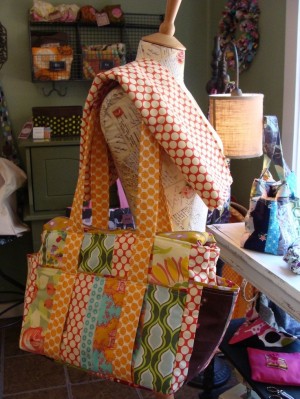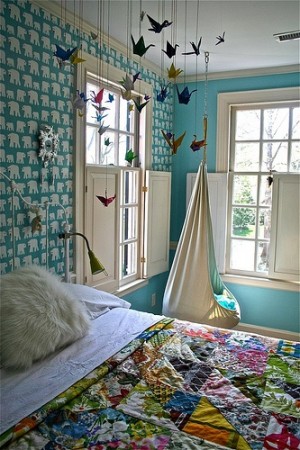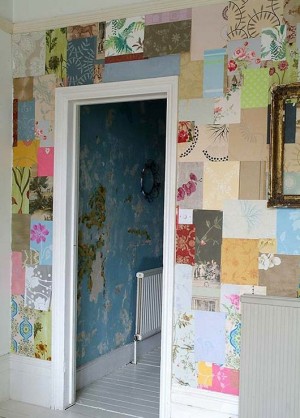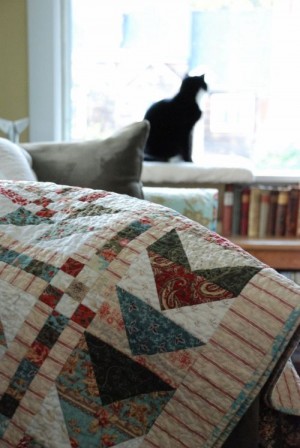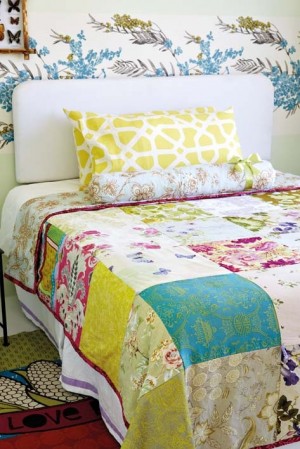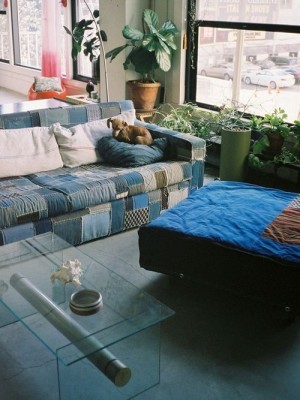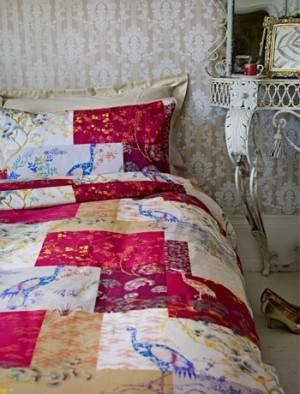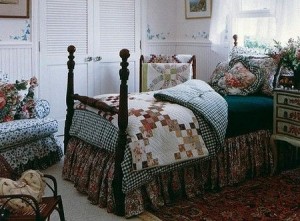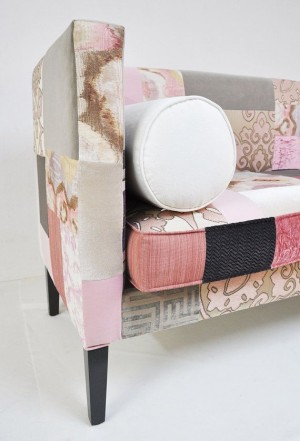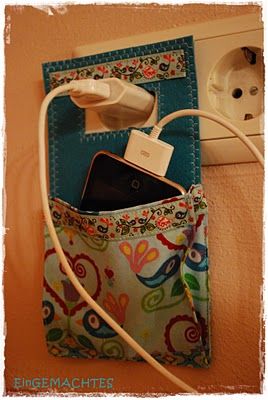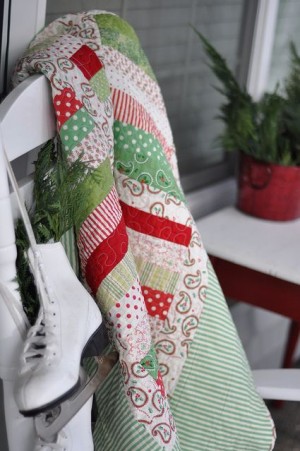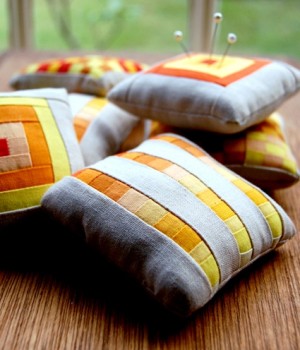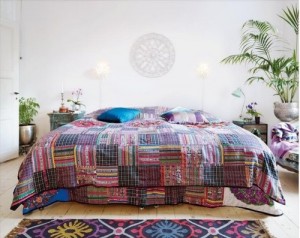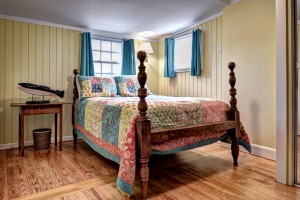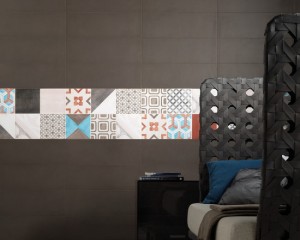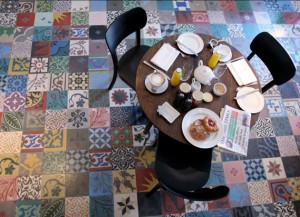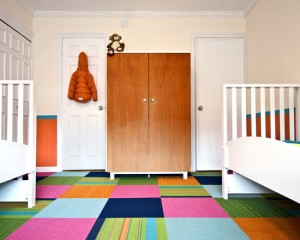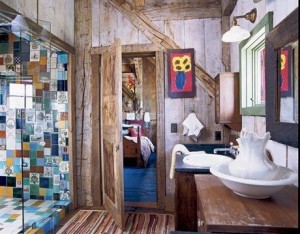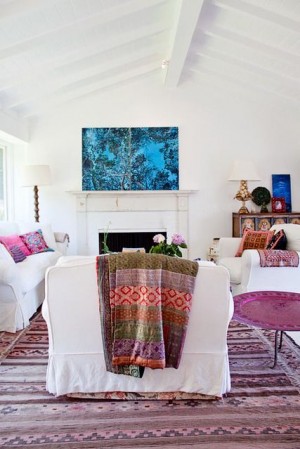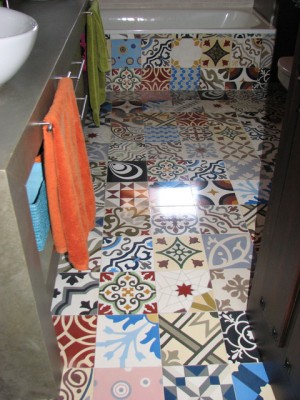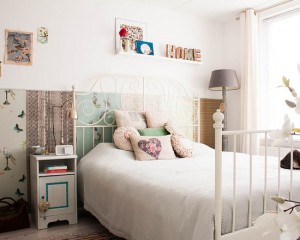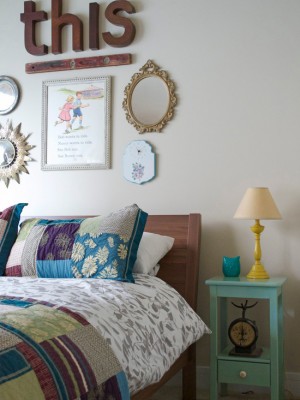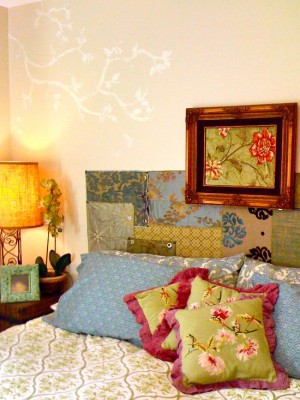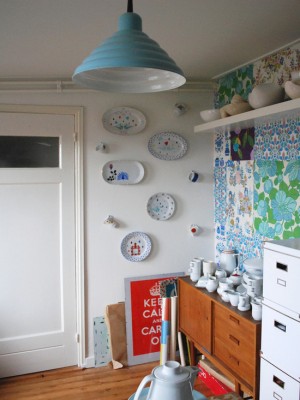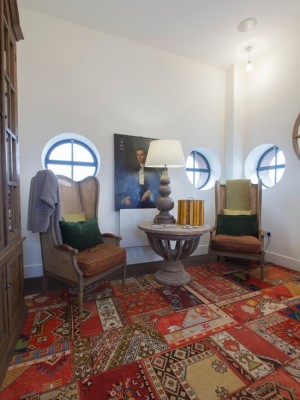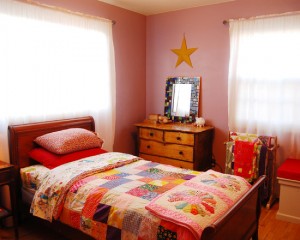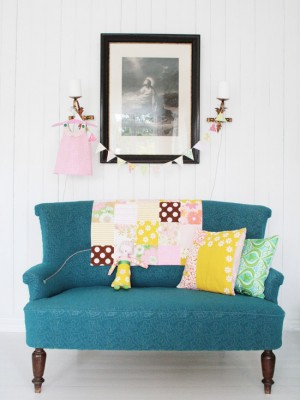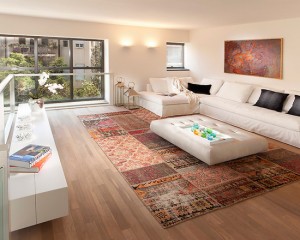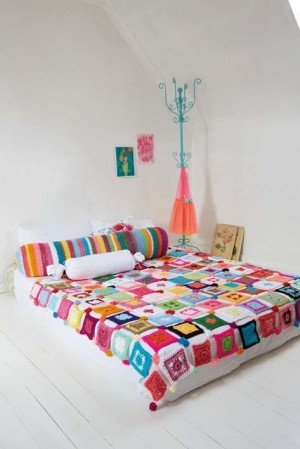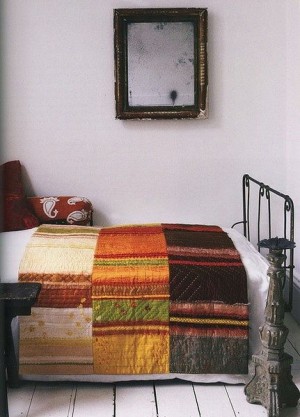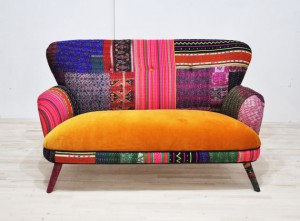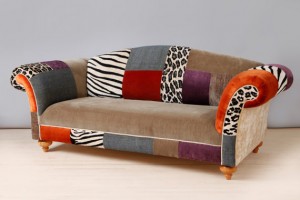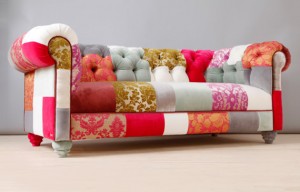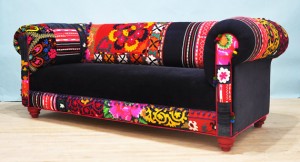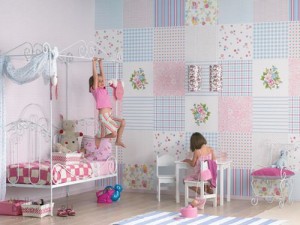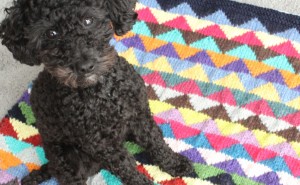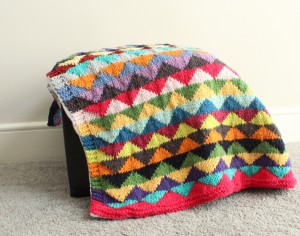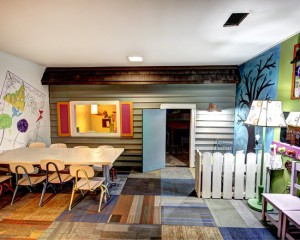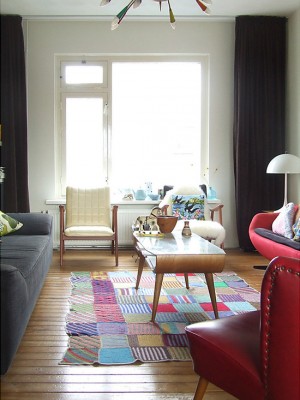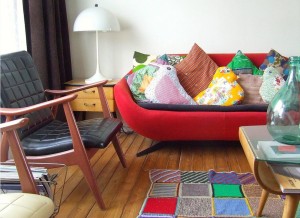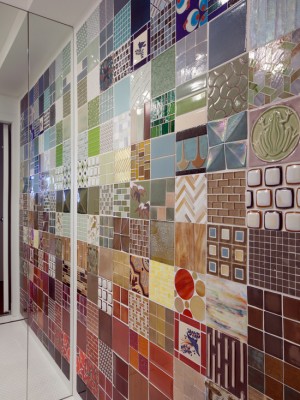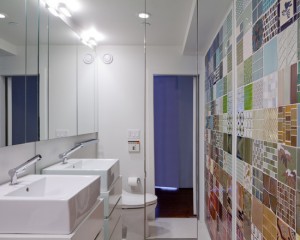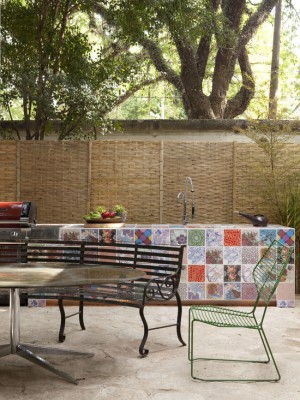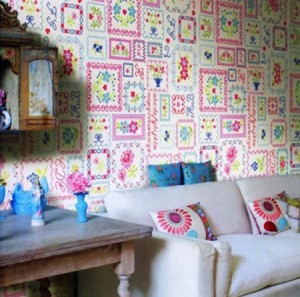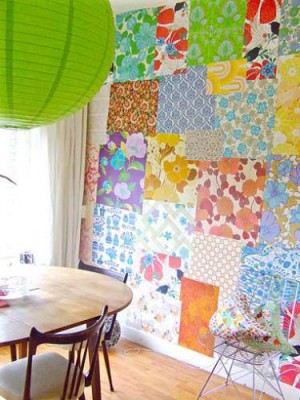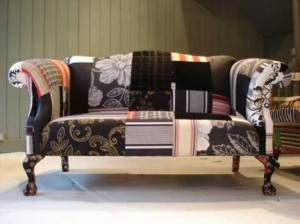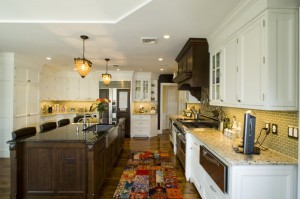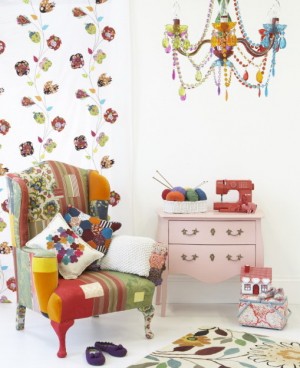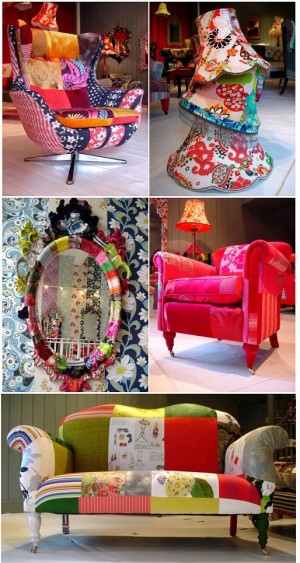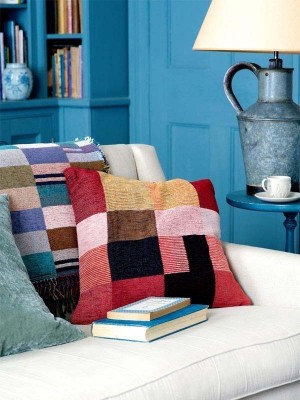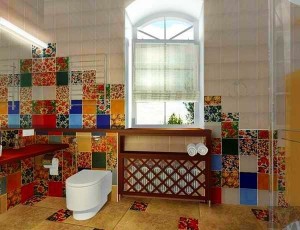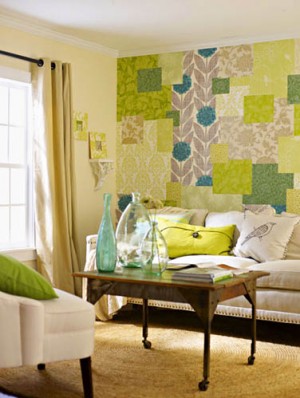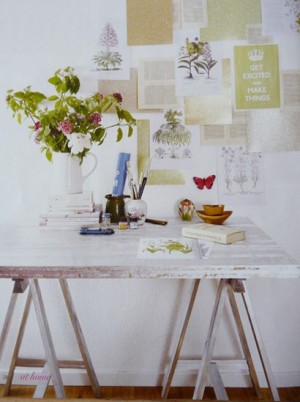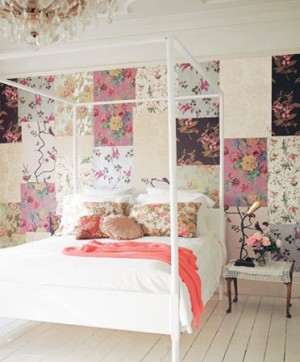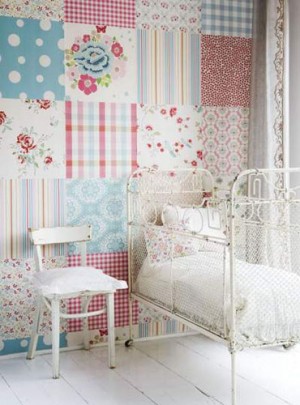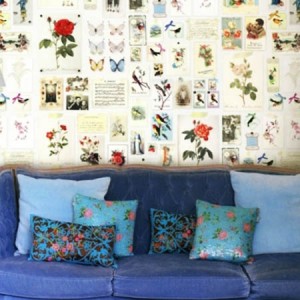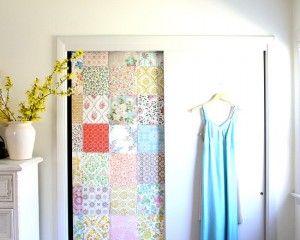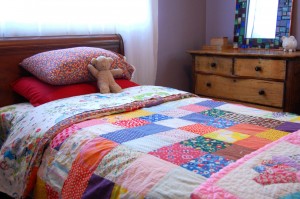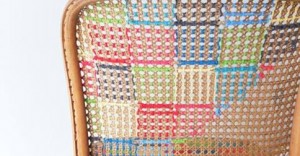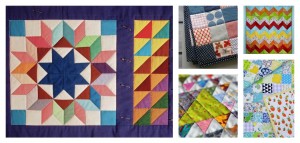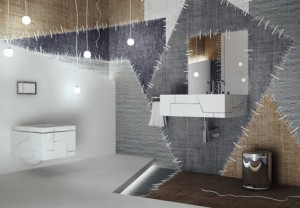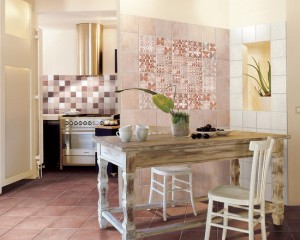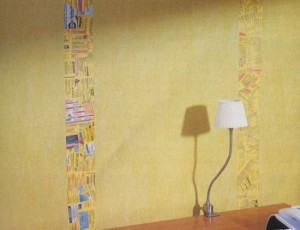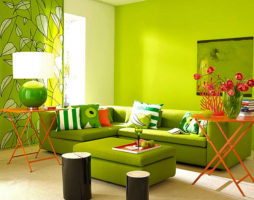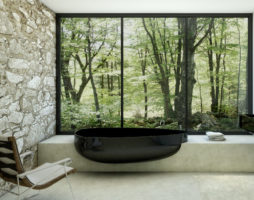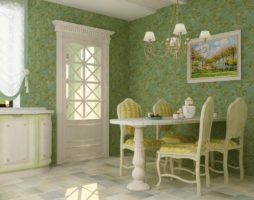Patchwork, or patchwork, as it is most often called today, is considered a folk art. Like any other direction, it has its own stylistic features and centuries-old traditions. In fact, this is a kind of technique for combining multi-colored, geometrically correct patches of fabric into a single canvas, from which you can later sew blouses and handbags, bedspreads and curtains. Products are original and unique, so designers are happy to use patchwork in the interior.
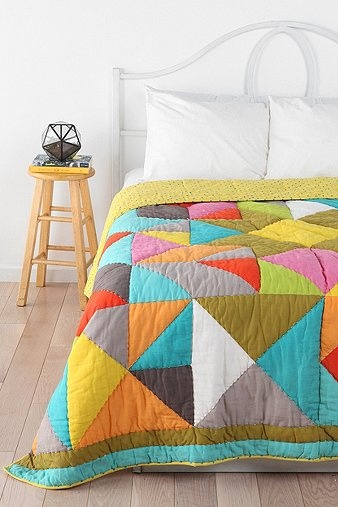
Ways to use patchwork in interior design
One has only to mention patchwork when designing a room, as many rhinestones draw their interiors in a sort of rustic style, recalling its simplicity and variegation of ornaments. On the one hand, they are very right - but look how dramatically the picture will change if you take it and just muffle the colors a little, and do not make the combinations of colored patches sharply contrasting. A texture of this quality will be easy to fit not only into the country style, but also into the strict classicism of the newfangled hi-tech.

Where in the interior you can find the patchwork technique
The breadth of use of patchwork is simply amazing. This style can be done:
- Blankets.
- Bedspreads.
- Pillows.
- Curtains.
- Furniture upholstery.
- Wallpaper.
- Wall panels.
- Rugs.
- Bathroom tile.
Great ideas for combinations can be gleaned from looking at patchwork photos. You can't help but notice that furniture upholstered with such material or a bright panel on the wall instantly become a priority accent in the interior. Therefore, it is worth stopping in time and not overloading the room with a riot of colors, otherwise style will turn into terrible bad taste, and the room will acquire the obsessive variegation of a defiantly dressed gypsy.
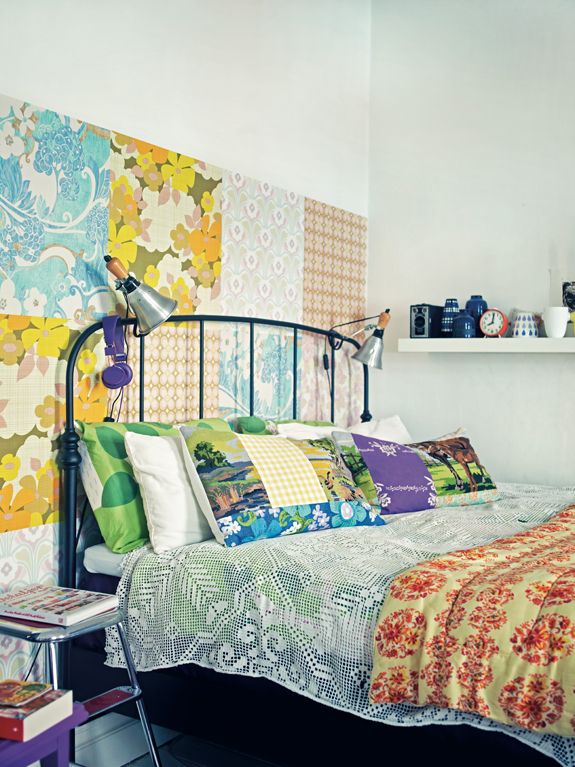
Start small. For example, cover the sofa with a patchwork bedspread and place a similar rug in front of it. Some housewives do not risk using patchwork in the interior of the kitchen-studio, fearing the disapproval of the guests, but in vain. Try making a tablecloth, fun potholders, cute curtains, or a cushion for your kitchen sofa. Do you like everything? Move on! Cover the walls with stylish wallpaper or tile the cooking area with patchwork tiles. Enjoy how cheerful patchwork cheers up your household. Entering the design excitement, you yourself will not notice how the patchwork riot of colors will move to other rooms, up to the bedroom. By the way, the patchwork bedroom looks just great, and most importantly, incredible comfort settles in it. Make a patchwork screen, cover the bed with a patchwork blanket and scatter the same cute pillows over it, put a funny rug under your feet ... Do not limit your imagination, here you can not be afraid to force the room with accessories. The only thing you should not do is to go beyond the color orientation, but otherwise - go for it!
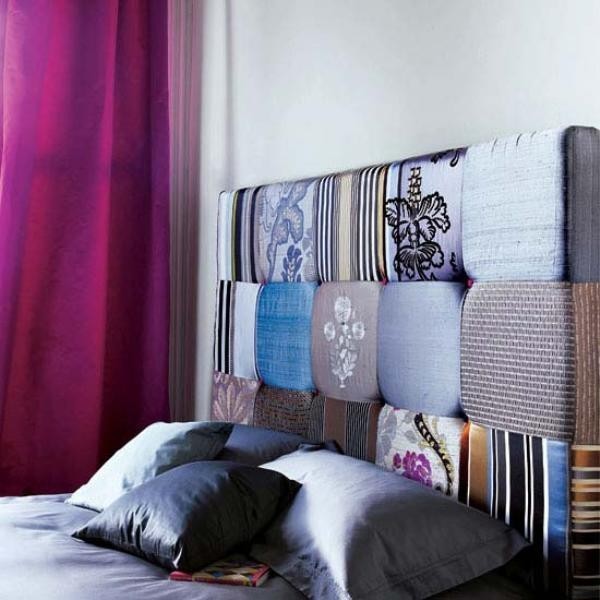
Learn to patchwork
You will be surprised at how much suitable material for creativity is lying around in your closets.
When looking at the creations of patchwork masters, one gets the impression that the work cannot be easier: cut the shreds and assemble them into a canvas. Yes, indeed, purely technically the process is simple, the problem lies in the embodiment of the author's idea. Patchwork experts will help you learn how to convey the idea to others, arranging a master class for beginners on the Internet.

You need to start by collecting fabric scraps. You will be surprised at how much suitable material for creativity is lying around in your closets. Sort the collected patches by color and texture and start to think about what can be assembled from this abundance. You can do it in reverse. First, come up with a pattern, and then pick up and cut the material for the sketch. If you have a rich imagination and have some experience in sewing, then there will be no problems with developing a sketch. It is better for novice craftswomen to take their first steps in the patchwork field with the help of specialized magazines or websites, where there are always not only interesting ideas demonstrated on a patchwork photo, but also detailed schemes for creating the proposed products.
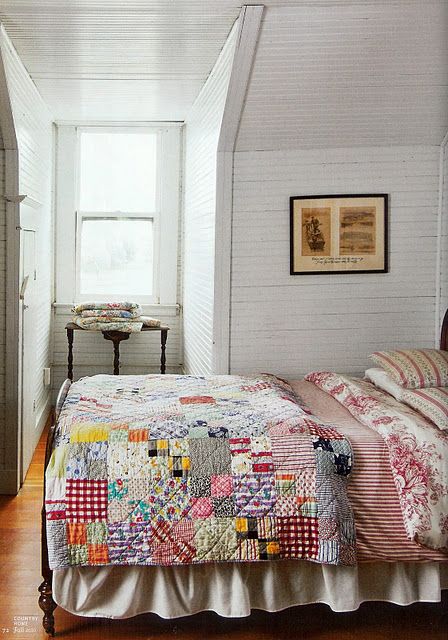
The process of connecting shreds also occurs in a certain sequence:
- A selection of fragments.
- The connection of disparate patches into blocks.
- Stitching finished blocks into a canvas.
- Stuffing the resulting fabric with a lining.
In a knitted patchwork, a contrasting thread and a hook are used to connect the flaps.
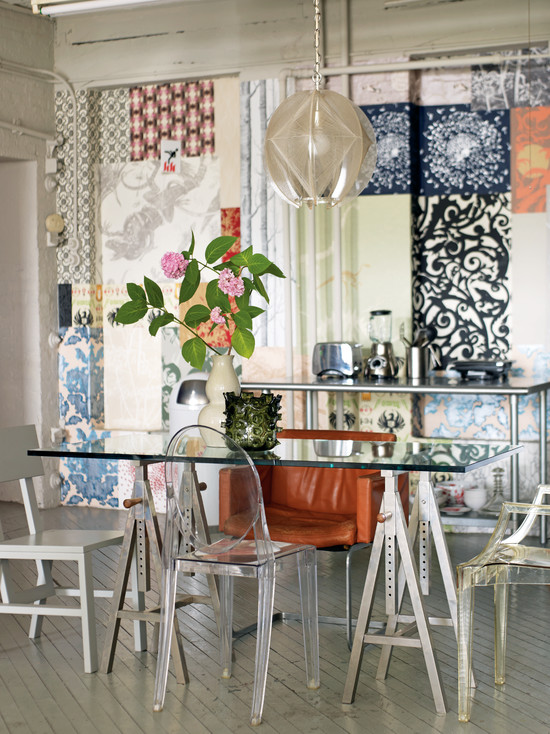
Types of patchwork
As mentioned above, flaps can be stitched in various variations. The most popular is the traditional patchwork. Its main goal is to create solid canvases with a clear pattern geometry from individual parts. In this way, you can sew both small items, such as potholders for the kitchen, pillowcases and towels, as well as large ones - bedspreads and carpets. A distinctive feature of sewn things will be the presence of the front side, made in the best traditions of patchwork, and the wrong side, the lining for which can look like a solid one-color cut.

CrazyPatchwork is very interesting in its appearance. Those who have mastered the technique of "crazy patchwork" can safely classify themselves as master-class patchwork craftsmen. Here you will need to put together patches of arbitrary figured shape, which are more reminiscent of crooked riverbeds, disproportionate clouds and islands. Since the products will turn out to be double-sided, the seams in this case should be masked with embroidery, braid, ribbons and lace. Useful on such a cloth will be decorative buttons, beads, beads, metal pendants. In a similar style, you can sew decorative panels, bedspreads, handbags and even clothes.
A knitted patchwork is practically no different from a traditional one, only the flaps here are connected by crocheting. As for patchwork details, they can be not only knitted from threads, but also standard fabric ones. For example, the quilting technique makes it possible to make a quilted fabric. In this case, two ready-made patchwork sheets, between which a layer of synthetic winterizer is laid, are connected by a patterned machine stitch. All products, for which quilting was used, stand out for their special elegance. Quilting is the best way to transform the interior of a room.
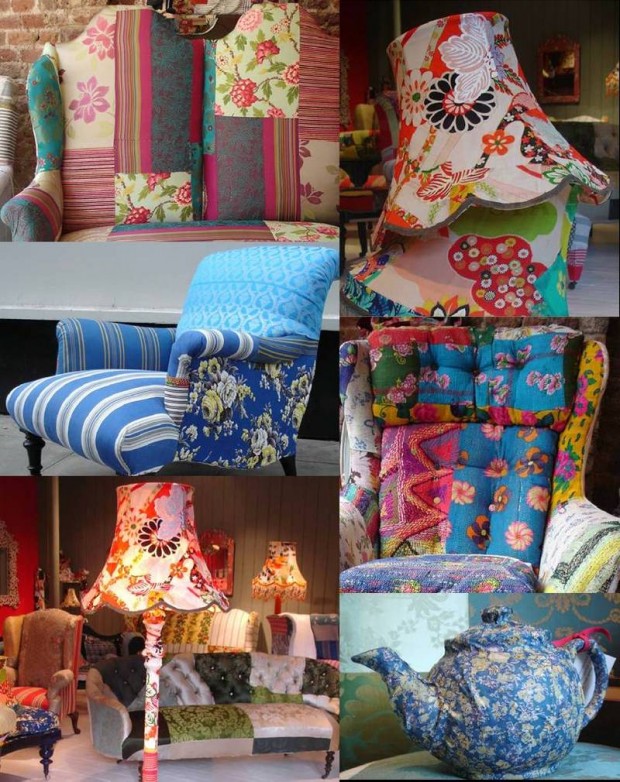
Patchwork master class
Looking at a patchwork photo, sometimes you wonder how you can create such a variety of patterns from absolutely identical rhombuses and squares, triangles and stripes! It turns out that the secret lies in the way the elements are assembled.
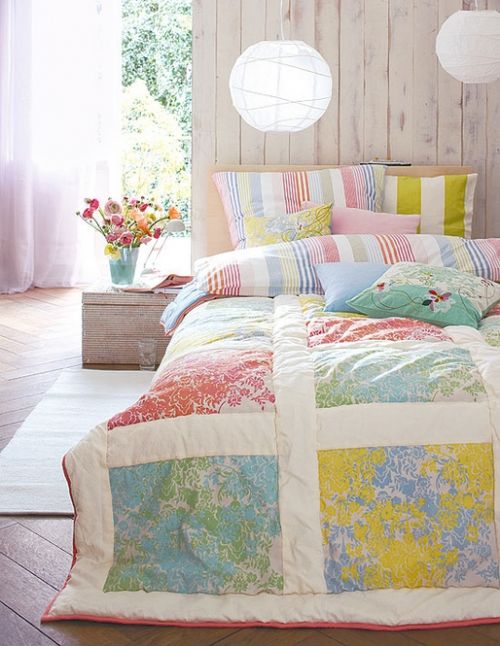
patchwork photo
At the first glance at patchwork technology, the imaginary simplicity of the process catches the eye. And really! What's so complicated about it: cut and sew patches, turning your idea into reality. And only having plunged into the abyss of needlework, you understand that patchwork is not as easy as it seems. Here you can not do without artistic taste and perseverance, hard work and accuracy, and, of course, without the ability to sew.Sometimes real masterpieces come out of the hands of craftswomen, which are not a sin to exhibit in museum expositions of folk art. Therefore, do not limit your fantasies and do not be afraid to experiment. Looking at a patchwork photo, sometimes you wonder how you can create such a variety of patterns from absolutely identical rhombuses and squares, triangles and stripes! It turns out that the secret lies in the way the elements are assembled. Let's get acquainted with the most popular.
- "Quick Squares"
This technique was called fast for a reason. It is based on squares that are cut from ready-made pre-sewn fabric strips. Most often, four types of fabrics of contrasting color are taken as the basis. For example, a strip of red fabric is sewn with a strip of white, etc., then the result is connected with the right side and sewn again. It turns out a kind of sleeve. Now you need to cunningly cut it in order to end up with squares containing the entire quartet of shades used. To do this, the ruler is applied to the upper edge of the resulting sleeve, tilted at an angle of 45 degrees, and the dividing lines are marked. The resulting parts are called prefabricated blocks or "quick squares" and are combined in random order.
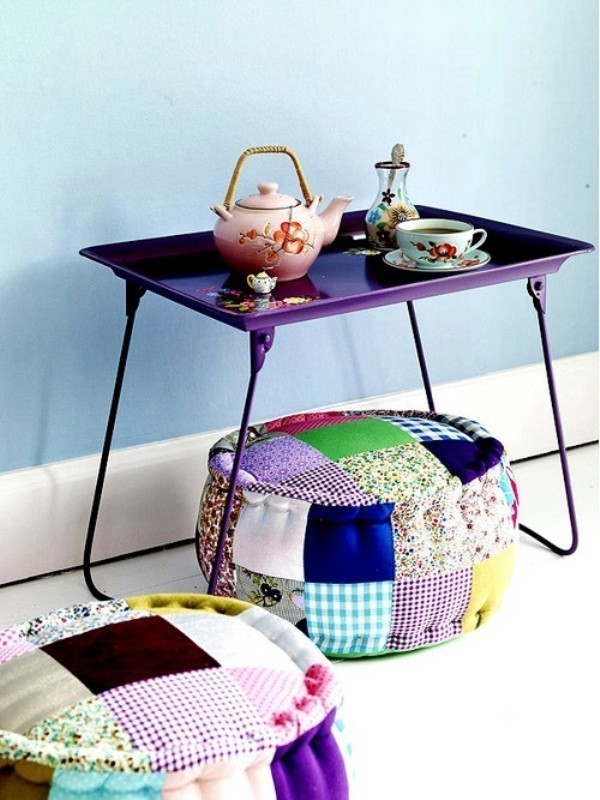
- "Watercolor"
The technique is no less popular than the "quick square". This patchwork is very original in the interior. Its highlight is in the correct selection of colors. The canvas is combined with play of tones: from light they smoothly move to dark ones. Creates a watercolor effect. Up to seven types of fabric are taken as a basis, it is possible with a medium-sized pattern like a floral print. It will be easier for beginners to make a pattern out of them.
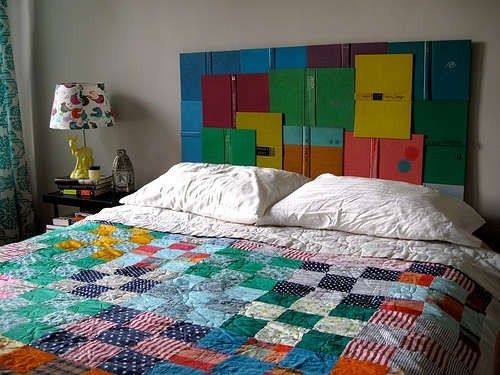
- "Strip to Stripe"
The technique is based on the random collection of multi-colored fabric strips. A mischievous rug created using this technique can resemble zigzags and ladders of parquet boards and will bring a lot of positive to the atmosphere of the room.

- "Log Cabin"
The beauty and variety of patterns obtained using this technology can be very successfully used in creating unusual abstract interiors. Even looking at such a patchwork in the photo, one cannot fail to notice that the pattern is associated with a cosmic funnel or a sunrise. The difference from the previous method is that the cut strips are combined around the central square. Lay them in a spiral or straight and look at the effect, then try to move the square into a corner. Interesting interpretation, isn't it?
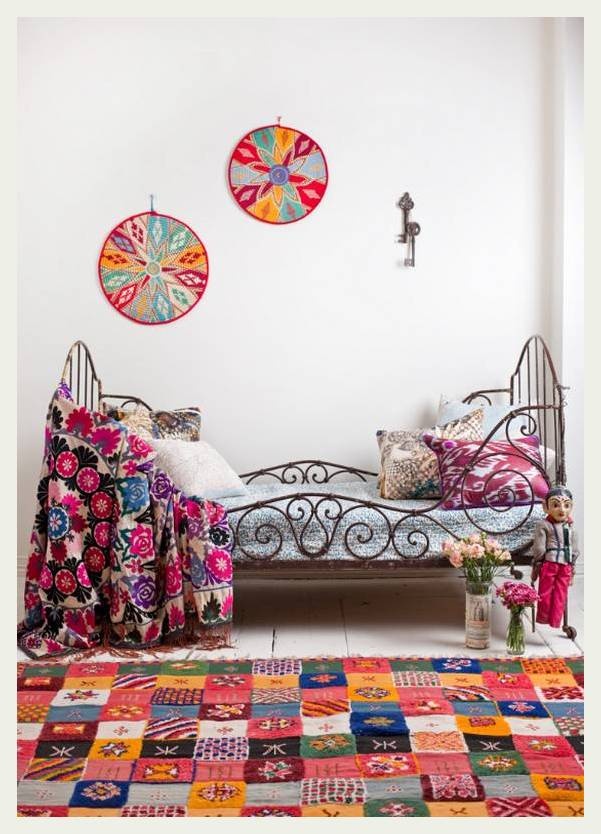
- "Magic Triangles"
The most common element of patchwork is rightfully recognized as a triangle. It is very comfortable to work with. Having picked up several elements, you can lay out almost everything, from the usual square to the most complex stars. Don't want to puzzle over the pattern? Use in its compilation only isosceles figures. Do you want to stretch your brain? Start sewing the short sides of the right triangles. You will receive a MULTIPLE RIBBON. Try putting them in random order. It is quite possible that you will create something original and hitherto unseen. Patchwork in the hands of master class specialists is a terrible force!
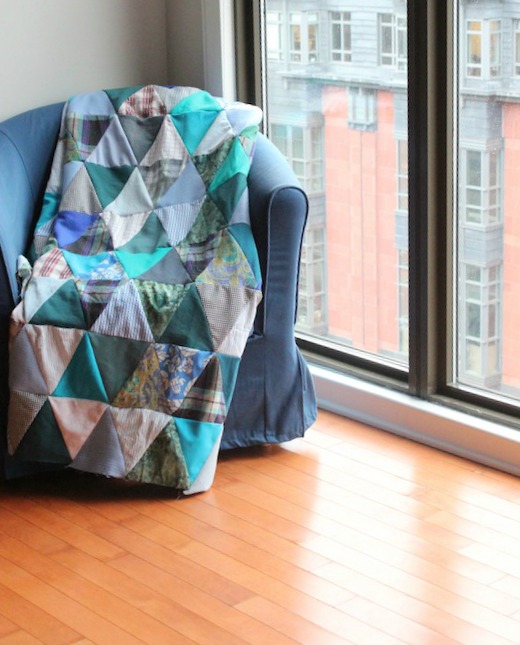

- "Patchwork Corners"
No, you don't have to cut them. The corners are laid out from squares or strips of fabric and assembled into a three-dimensional canvas. This technique is also called "chess". The corners are assembled into small squares and a canvas is made in the spirit of a chessboard.
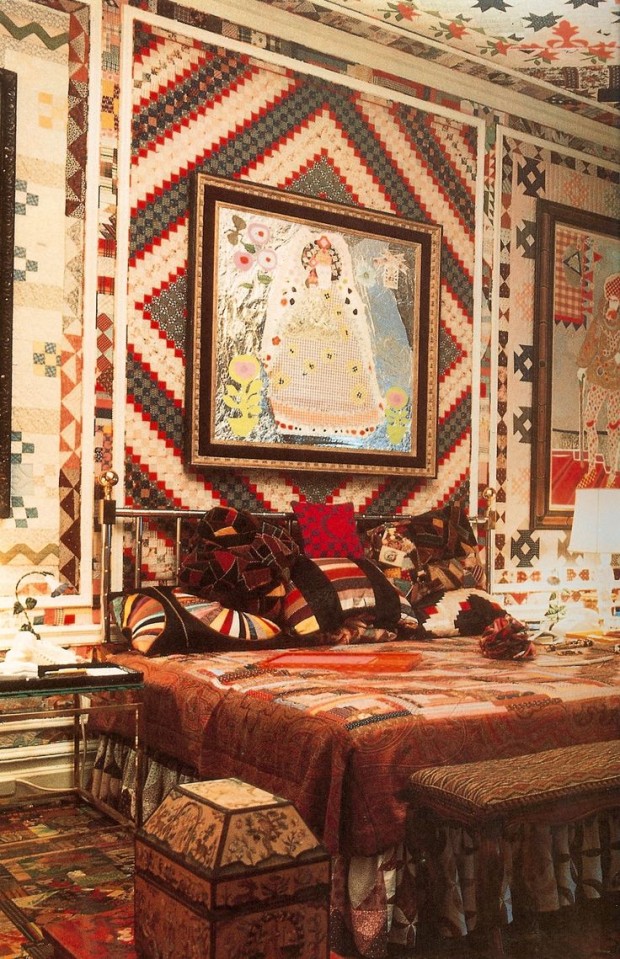
- "Russian Square"
Creating this pattern is quite difficult. It contains all the variety of patchwork elements. They are not just stacked in tiers and combined, but also made in different sizes. That is, here you can play not only on the overflow of shades of elements, but also on their proportions.
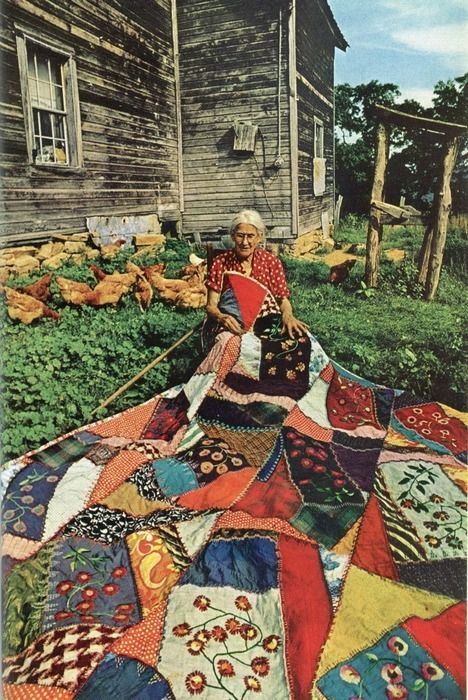
Patchwork in the interior
Conclusion
Never made anything with your own hands, but always wanted to have a cozy home? Then it's time to try your hand at truly female needlework. Start using patchwork in the interior and you will realize that you were offered to do not just boring sewing, but were given an interesting lifestyle!
Photo gallery - patchwork in the interior:
Video:
